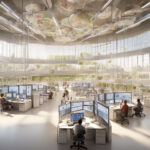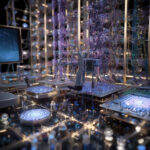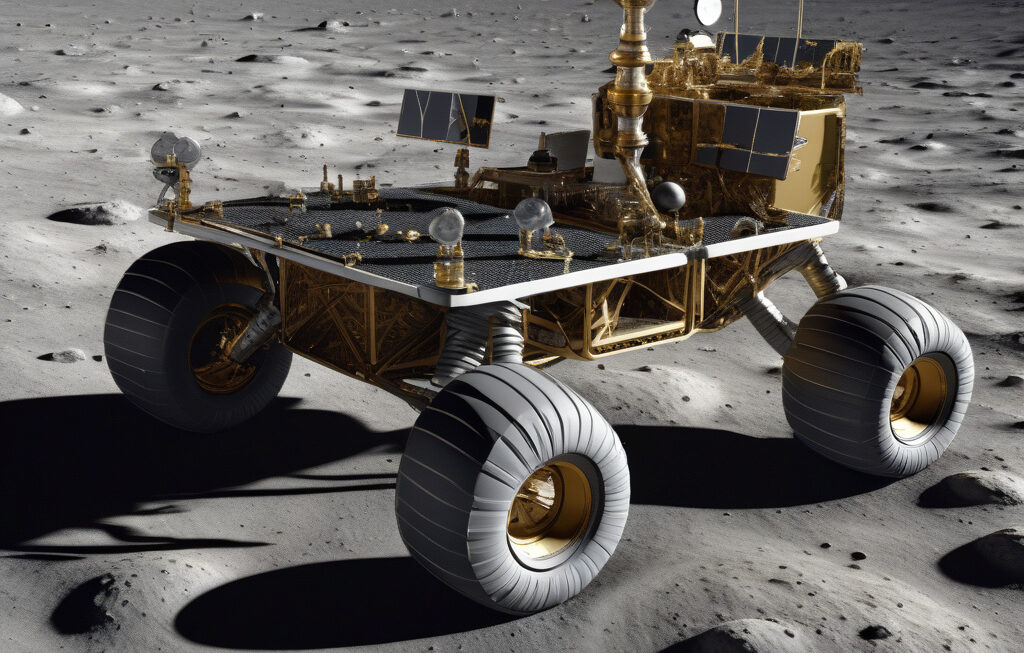Dead Wind Turbine Blade Resurrected as Bridge by Dutch Engineers with 3D-Printing Power
A Dutch company has achieved a groundbreaking milestone by designing a 3D printed modular bridge, breathing new life into a dead wind turbine blade. The innovative project, spearheaded by the Dutch startup MX3D, showcases the transformative power of technology and sustainability in construction.
The concept of repurposing wind turbine blades, which are typically made of composite materials that are challenging to recycle, into functional structures like bridges is a testament to the circular economy principles gaining traction worldwide. By leveraging advanced 3D-printing techniques, MX3D has not only found a creative solution to reduce waste but has also demonstrated the potential for upcycling in the infrastructure sector.
The bridge, constructed from multiple 3D-printed metal parts, exemplifies the fusion of engineering precision and environmental consciousness. Through meticulous design and manufacturing processes, MX3D was able to transform a discarded wind turbine blade into a durable and aesthetically pleasing bridge that meets safety standards and regulatory requirements.
Moreover, the modular nature of the bridge highlights its versatility and scalability. Each segment can be easily replicated and assembled, allowing for efficient deployment in various urban settings. This adaptability not only streamlines the construction process but also enhances the bridge’s resilience and longevity, making it a sustainable infrastructure solution for the future.
The integration of 3D printing technology into bridge construction marks a significant advancement in the field of civil engineering. By harnessing the capabilities of additive manufacturing, engineers can now design complex structures with greater flexibility and precision, revolutionizing traditional construction methods. This shift towards digital fabrication not only accelerates project timelines but also minimizes material waste and labor costs, paving the way for more sustainable infrastructure development.
In addition to its technical ingenuity, the bridge serves as a compelling example of design innovation and aesthetic excellence. The intricate patterns and geometric forms created through 3D printing impart a sense of artistry to the structure, blurring the lines between engineering and architecture. This fusion of functionality and beauty underscores the potential for creative expression in infrastructure projects, challenging conventional norms and inspiring future design possibilities.
As the global push for sustainability and eco-friendly practices intensifies, initiatives like the 3D-printed bridge project by MX3D offer a glimpse into a greener, more innovative future. By reimagining waste materials as valuable resources and embracing cutting-edge technologies, engineers and designers can pioneer solutions that not only address environmental concerns but also drive progress towards a more sustainable built environment.
In conclusion, the transformation of a dead wind turbine blade into a functional bridge symbolizes the power of innovation, sustainability, and collaboration in shaping the future of infrastructure. Through the convergence of 3D printing, engineering expertise, and environmental consciousness, Dutch engineers have demonstrated that even the most unlikely materials can be resurrected and repurposed into something extraordinary.
sustainability, innovation, 3Dprinting, engineering, circular economy












